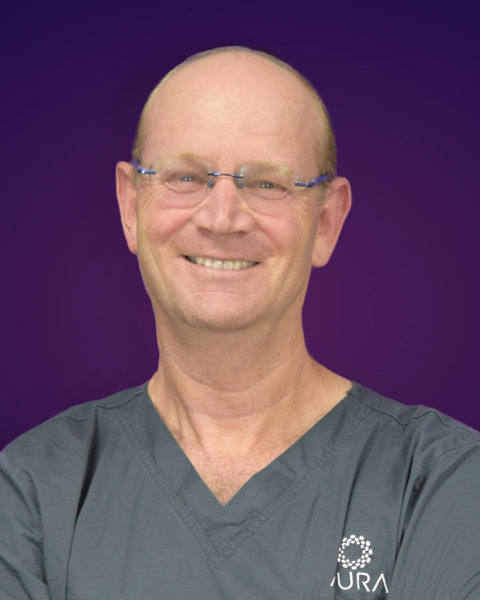Small Animal
3D Implants for Reconstruction in OMFS
Saturday, October 25, 2025
2:00 PM - 2:15 PM

Jonathan Bray, BVSc, MVSc, MSc (Clinical Oncology), PhD, CertSAS, MANZCVS, MRCVS, DECVS (he/him/his)
Surgical Oncologist and Surgeon
AURA Veterinary
Guildford, England, United Kingdom
Speaker(s)
Custom designed implants for maxillofacial reconstruction are rapidly gaining acceptance in human surgery, and have been utilised in a variety of situations, particularly for craniofacial reconstruction and joint reconstruction. Due to the precise geometric fit of the custom implant, surgical complexity and operating times are reduced, with improved cosmetic outcomes.
Current veterinary experiences with 3D-printing and patient specific implants for maxillofacial conditions including extensive neoplasia and trauma will be described in this lecture. These implants can be well tolerated by patients allowing rapid restoration of function after surgery. The ability to provide rapid restoration of normal mandibular dynamics may allow wider excision of affected tissues to be considered. This in turn may serve to improve oncologic outcomes, whilst enabling a more acceptable return to independence of eating and grooming behaviour.
There are several obstacles to the use of patient specific implants in the veterinary patient that need to be overcome for them to be more widely used. The main concern is the risk of infection, which can lead to failure of the gingival tissues to integrate with the implant. The implant may need to be removed if it becomes exposed within the oral cavity. Secondly, the complex anatomy and variable size of veterinary patients means each implant needs to be specifically designed for each patient, which can cause a delay from diagnosis to definitive treatment. For some patients this delay may have a deleterious effects on oncologic outcome. The final obstacle is overcoming the belief of many surgeons that mandibular implants are uneccessary. Our patients are so adaptable that many will regain acceptable function very soon after mandibular resection. However, a critical appraisal of their outcome would suggest we could do better for our patients.
Current veterinary experiences with 3D-printing and patient specific implants for maxillofacial conditions including extensive neoplasia and trauma will be described in this lecture. These implants can be well tolerated by patients allowing rapid restoration of function after surgery. The ability to provide rapid restoration of normal mandibular dynamics may allow wider excision of affected tissues to be considered. This in turn may serve to improve oncologic outcomes, whilst enabling a more acceptable return to independence of eating and grooming behaviour.
There are several obstacles to the use of patient specific implants in the veterinary patient that need to be overcome for them to be more widely used. The main concern is the risk of infection, which can lead to failure of the gingival tissues to integrate with the implant. The implant may need to be removed if it becomes exposed within the oral cavity. Secondly, the complex anatomy and variable size of veterinary patients means each implant needs to be specifically designed for each patient, which can cause a delay from diagnosis to definitive treatment. For some patients this delay may have a deleterious effects on oncologic outcome. The final obstacle is overcoming the belief of many surgeons that mandibular implants are uneccessary. Our patients are so adaptable that many will regain acceptable function very soon after mandibular resection. However, a critical appraisal of their outcome would suggest we could do better for our patients.
